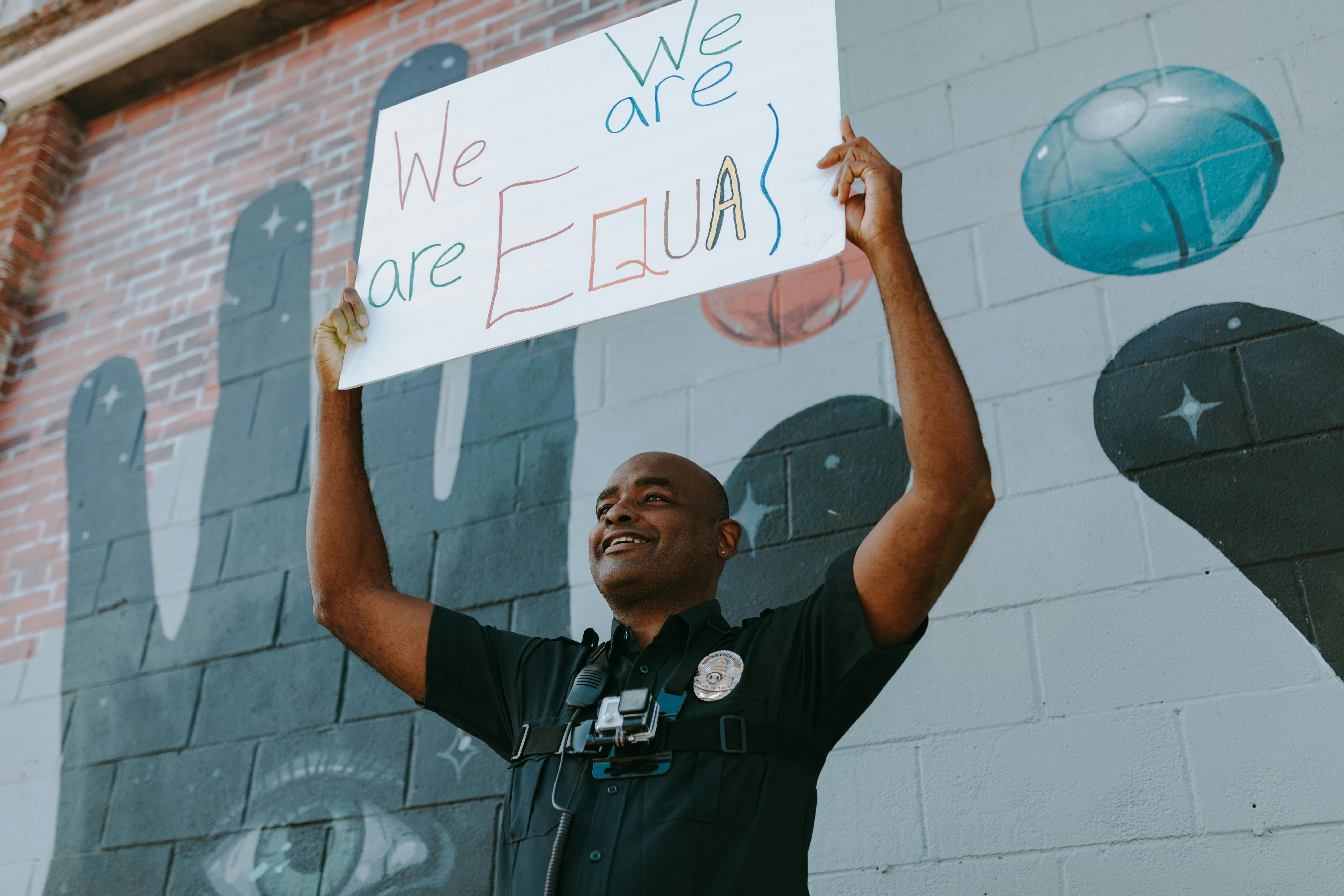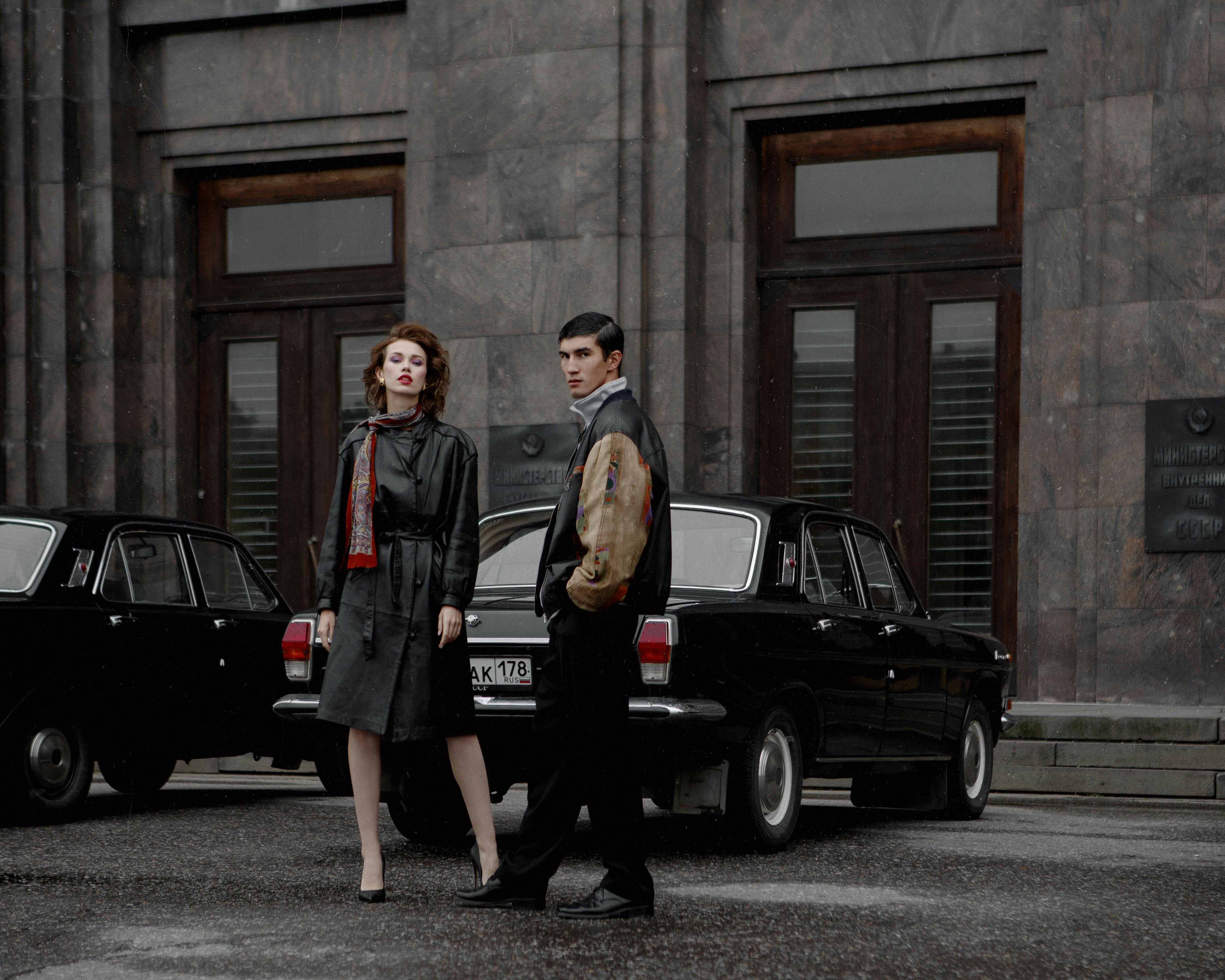
Bullfighting: a dance with death
admin
- 0
Even though most people have the impression that bullfighting is exclusive to the whitewashed towns of Ronda, in Andalusia, Malaga and Seville (although they are not towns, they are also in Andalusia), they are really fantastic places to see a bullfight, along with Madrid.
Ronda is the original place where modern bullfighting began, which is why Ronda’s bullring is highly regarded among fans. However, Ronda hidden in the mountains and its bullring is not so accessible for true and genuine bullfighting fans. There are very few bullfights in Ronda, perhaps not only to preserve Ronda’s status as the original and genuine home of bullfights, but also to not allow this small town to become another tourist trap.
The bullfighting roots of Spain go back to the worship and sacrifice of prehistoric bulls. Many link bullfighting to Rome, where many animal and even human events took place. There are theories that bullfighting was introduced in Hispania by Emperor Claudius, replacing gladiators during a time when a brief ban on gladiatorial combat was imposed.
Originally a sport for aristocrats, bullfighting got its start in 711 AD during the celebration of the coronation of King Alfonso VII. Religious festivals and royal weddings were celebrated with bullfights in the local plaza, where nobles rode competing for royal favor, and the general population enjoyed the excitement. At that time bullfights were carried out on horseback, using the “brave bull”, a kind of bull that has been preserved from an ancient lineage, which is only found in Spain and is still used to this day.
King Philip V detested the sport, saying it was a bad example for the public and banned it for the aristocracy in 1724. However, the commoners loved the sport. Because common people could not afford horses, the Spanish introduced bullfighting with bullfighters on foot. Generally regarded as the first to do this it was Francisco Romero who initiated the rules for this new sport. The Spaniards quickly became true professionals in the practice of avoiding bulls, unharmed, on foot.
Now part of Spanish culture and tradition, bullfighting is actually considered an art form and undoubtedly a national pastime. Although the confrontation of man against the beast is the end point of bullfighting, the Festival is highly ritualized. Bullfighting is also big business in modern Spain.
The bullfighting season runs from April to October. Bullfighting is undoubtedly one of the best known and most controversial Spanish customs. A bullfight is also one of the places where Spaniards truly come together as one mind and one heart to proudly celebrate their heritage. Today several thousand Spaniards seek the thrill of celebrating a bullfight, the most traditional of the Spanish Fiestas. The total number of people who watch bullfights in Spain is said to easily exceed one million a year.
Vista Alegre and La Plaza de Toros de Las Ventas are the two bullrings in Madrid. Each has a capacity of 20,000. Las Ventas Bullring is the more important of the two and is where most of the city’s bullfights take place. The best known of the two Spanish bullrings is La Plaza de Toros de Las Ventas which has been in use since 1931. One can find the Plaza de Toros de Las Ventas at Calle Arenal # 237. If you are going by metro, take the Metro Sales. In addition, Vista Alegre, in recent years, has been used more as a concert and sports venue.
The bullfights are every Sunday at 7:00 p.m. from mid-May (during the San Isidro festivities) until October. In these times you can see some of the best bullfighters.
Something important that you should know and remember when purchasing your tickets is that La Plaza de Toros de Las Ventas is an open-air bullring. Tickets can be purchased in the section that provides shade for spectators. Remember, it can be very hot in the sunny outdoor area without shade protection. Naturally, the shaded area will cost more money. As of this writing, outdoor tickets were selling for $ 44.03 and shaded areas for $ 56.60. Prices are subject to change and only adult tickets are sold. Bullfighting is not recommended for children under 14 years of age, as advised by the Madrid Commissioner for Children.
Seville’s small La Maestranza bullring offers 12,500 seats and is one of the most popular arenas, attracting the best bullfighters in Spain. La Ronda’s bullring was built in 1785 and is one of the oldest in the country.
As practiced today, a “bullfighter” or matador executes various movements and movements that are derived from the bullfighter’s personal style and personality, as well as from the school where he learned and perfected the sport.
All bullfighters are inspired and hone their artistic skills not only by the mere practice of bullfighting, but also by the search for an emotional connection with the crowd that is always transmitted through the bull. The Matadores’ maneuvers are always carried out at point blank range, which places the bullfighter at great and serious risk of being gored or trampled.
A bullfight is a spectacle, it is a dance with death; One wrong move and the Matador could impale himself on the bull’s horns. The Matador’s job is to make this dance dramatic and enjoyable for the audience. A bullfight is definitely not for the faint of heart!
The bullfighters wear the “Traje de Luces”, a costume embroidered with beads and an intricate design. A parade of the “paseillo”, or participants, all well choreographed, some riding well protected and decorated horses that surround the arena before the release of the bull. The great drama at its controversial best is this three-part ritual, as old as the sport itself, as everyone involved in the bullfight performs before the event president and spectators. Two bailiffs on horseback look towards the president’s box and symbolically ask for the keys to the gate of the bullpen. All this drama of pomp and circumstance is then followed by “bullfights”, the bullfight itself.
A bull is then allowed into the ring as the Matador, the top bullfighter, watches his main assistant wave a bright yellow and magenta cape in front of the bull. This act is intended to make the bull charge. The Matador watches carefully to determine the qualities and mood of the bull, before taking charge of himself.
Then a trumpet is sounded and various other fighters, called Picadores, weaken the bull by placing spears on it. All of this takes about 10 minutes.
Then another trumpet sounds. The Matador now takes off his black winged hat and dedicates the bull’s death to the president or perhaps the crowd before beginning his task.
The slaughter, where the bullfighter shows his bravery and skill. It is, without a doubt, the most beautiful and skillful part of the fight. The task consists of running, carrying a crutch, which is held in the left or right hand, all with the intention of making the bull charge, and when charging, the crutch swings forward and out of the body of the bullfighter, with luck. taking the bull with him. Always in the right hand is the sword, the murderous sword. The task continues until the Matador has demonstrated his superiority over the bull. Once this is accomplished, the bull is ready to be killed.
The bullfighter keeps the bull nailed to the crutch from a distance of about three meters. At the right moment, the matador rushes in and attacks the bull, thrusting the sword over the horns and deep between the shoulder blades. If the sword hits its intended mark, it is a thrust. However, if it misses and hits the bone it is a puncture or half-lunge. A lunge usually results in the bull immediately falling to his knees and dying. However, but if the bull does not die, the matador can take a sword with a small crossbar at the end, called a pith, and use it to stab the neck of the bull by cutting the spinal cord. The fight is over.
If the matador has moderately pleased the crowd, he would normally be awarded a bull’s ear. If he was satisfied with himself and with the crowd, the matador would receive both the bull’s ears and possibly his tail as well.
Very rarely, if the public or the matador believes that the bull has fought very bravely, they can ask the event president to grant the bull a “pardon” or a pardon. If pardon is granted, the bull is spared and allowed to leave the ring alive and return to the ranch from which it came. At that point, the bull becomes a stallion for the rest of his life.
As mentioned above, watching a bullfight is not for the faint of heart. When visiting Spain, if you don’t think that a bullfight is something you would like to take home as a memory for a lifetime, choose an alternative, like a great and wonderful Flemenco!

